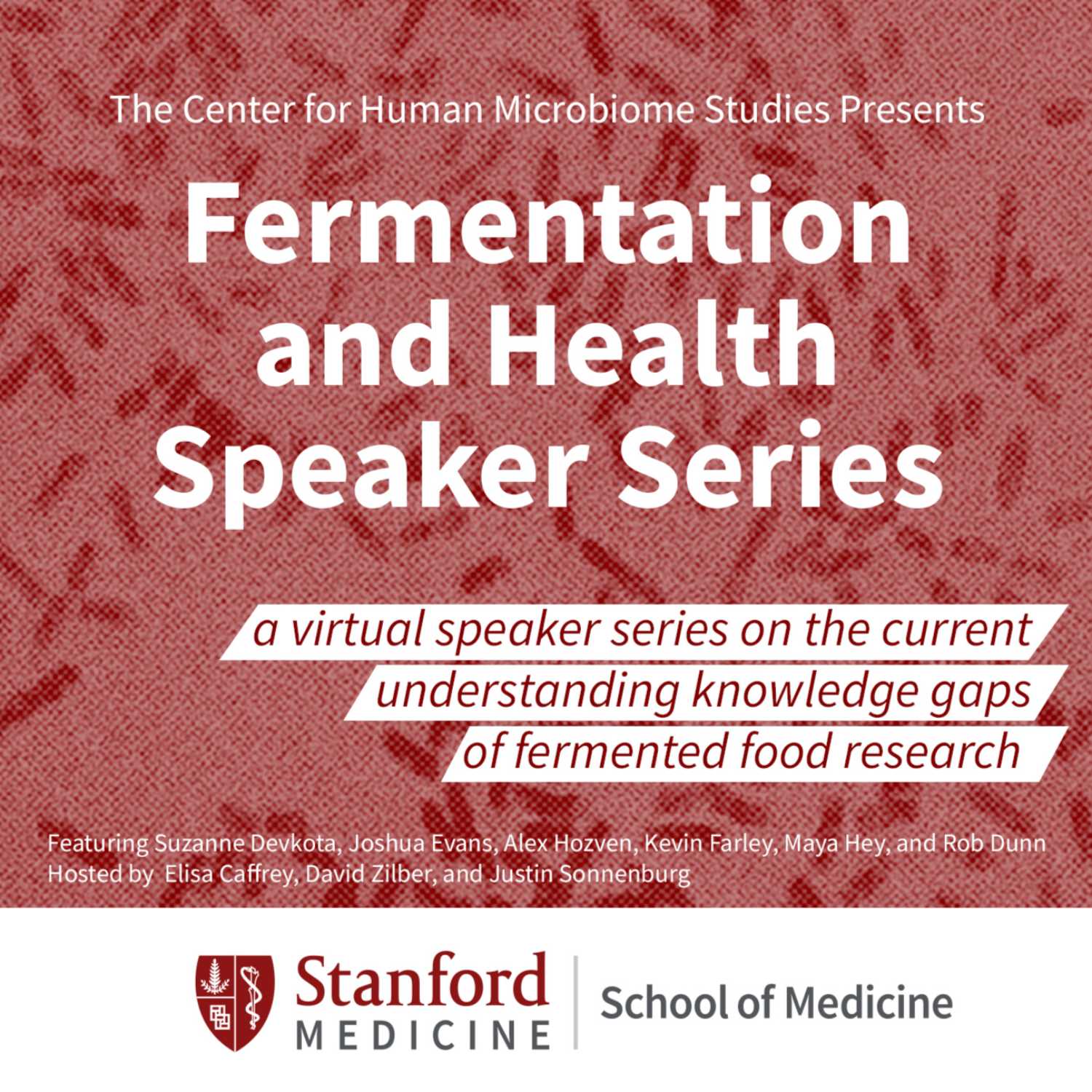In search of yogurt: a conversation with Sevgi Mutlu Sirakova, Dr. Veronica Sinotte, and David Zilber
Description
One of the most well recognized microbes in food fermentation is Lactobacillus delbrueckii subsp. bulgaricus, used to produce most yogurts today. Originally named Bacillus bulgarian, the name plays homage to Bulgaria where it was first isolated in 1905. But before we isolated this microbe and cultured it to use as a starter, how was yogurt made?
With the help of Sevgi’s family and insight from the rest of the community, Sevgi, Veronica and David traveled to Nova Mahala, Bulgaria to explored how rituals around yogurt making impacts the microbial community and final flavor of yogurt.
More Episodes
We spoke with Dr. Aviaja Hauptmann, an Associate Professor in the Institute of Health & Nature and Head of the Department of SILA (Scientific and Indigenous Teachings on Life in the Arctic). Her work explores the interaction between microbiology, diet, and the environment, focusing on Inuit...
Published 07/30/24
Published 07/30/24
Lactic acid bacteria (LAB) play a central role in many fermented foods, including sourdough, kimchi, pickles, olives, zha cai, kefir, ogi, and cheese, among others. These microbes produce lactic acid, which acidifies the fermented food, making it both safe and tasty. Specific LAB strains have...
Published 07/06/24


